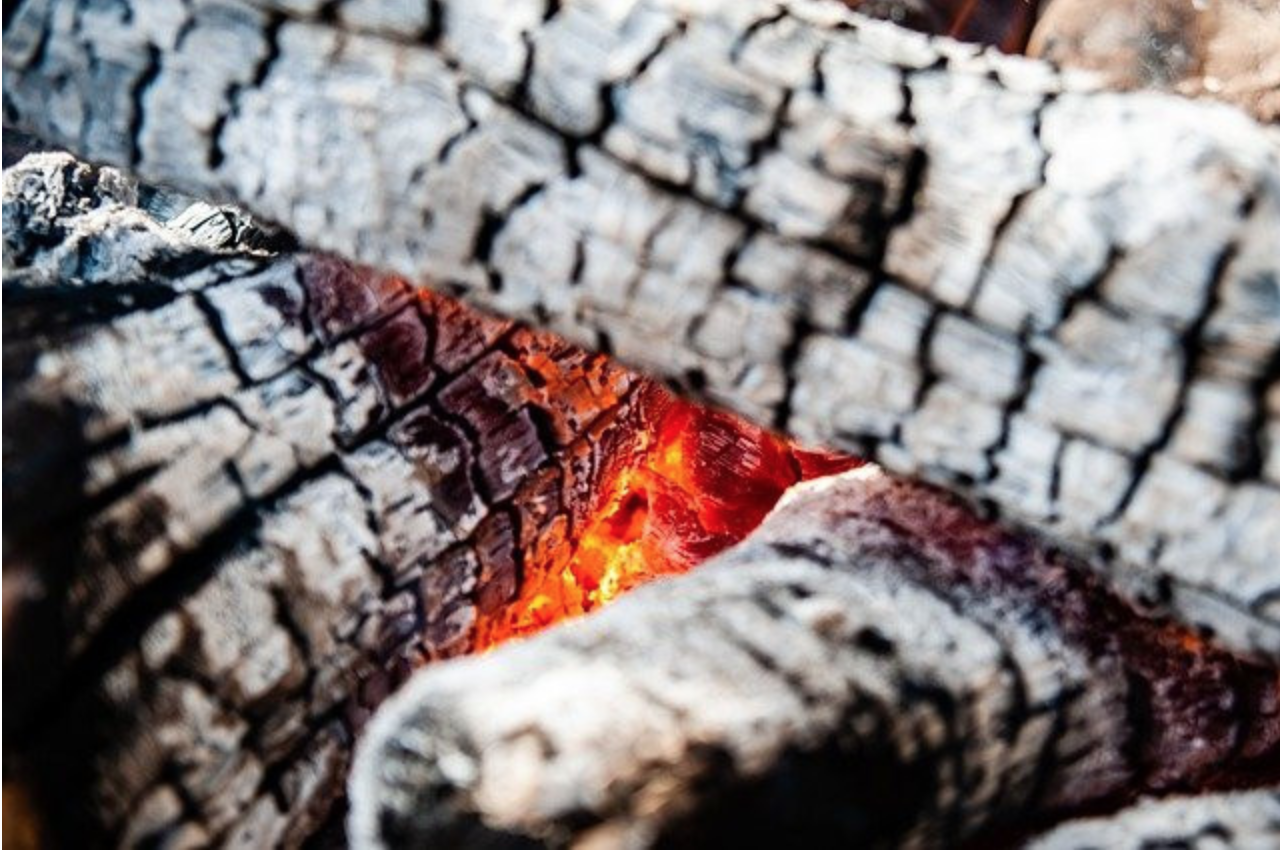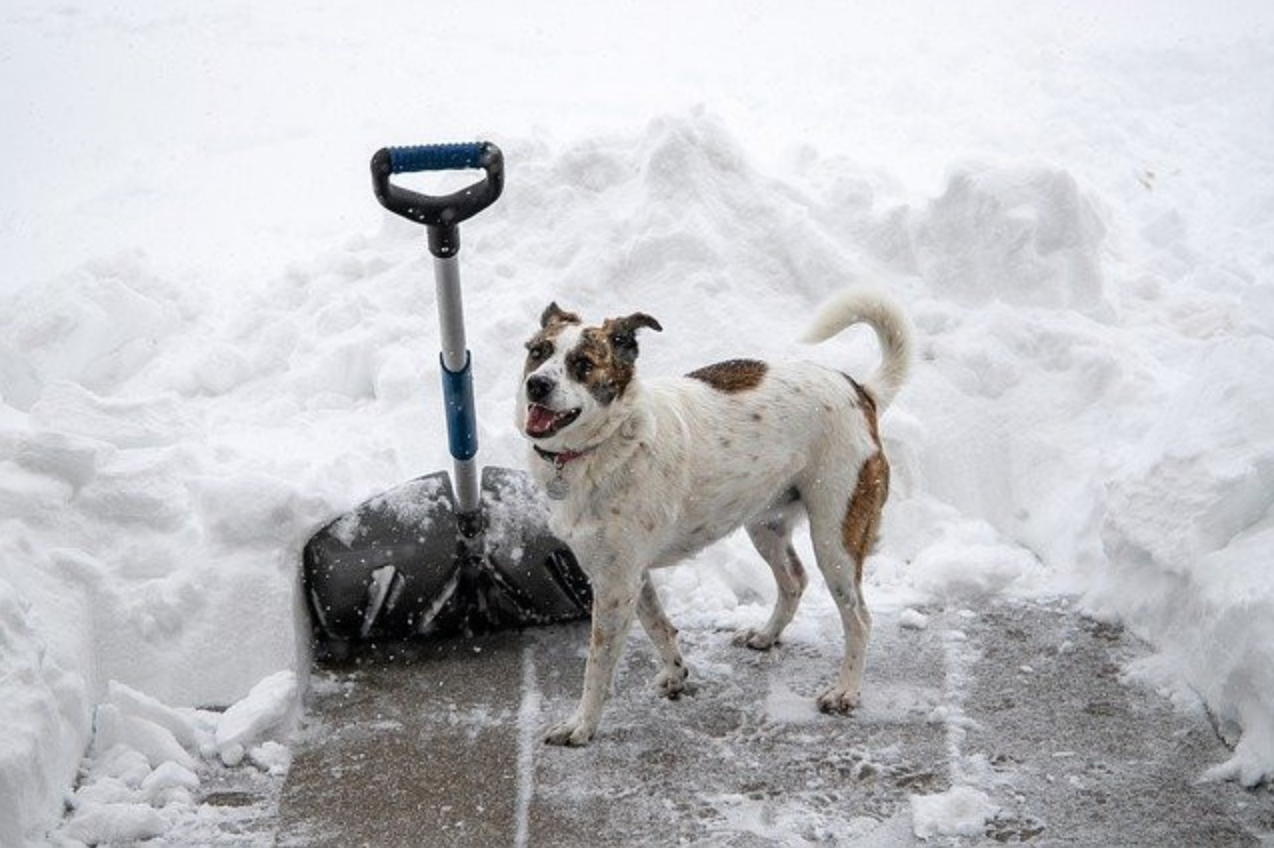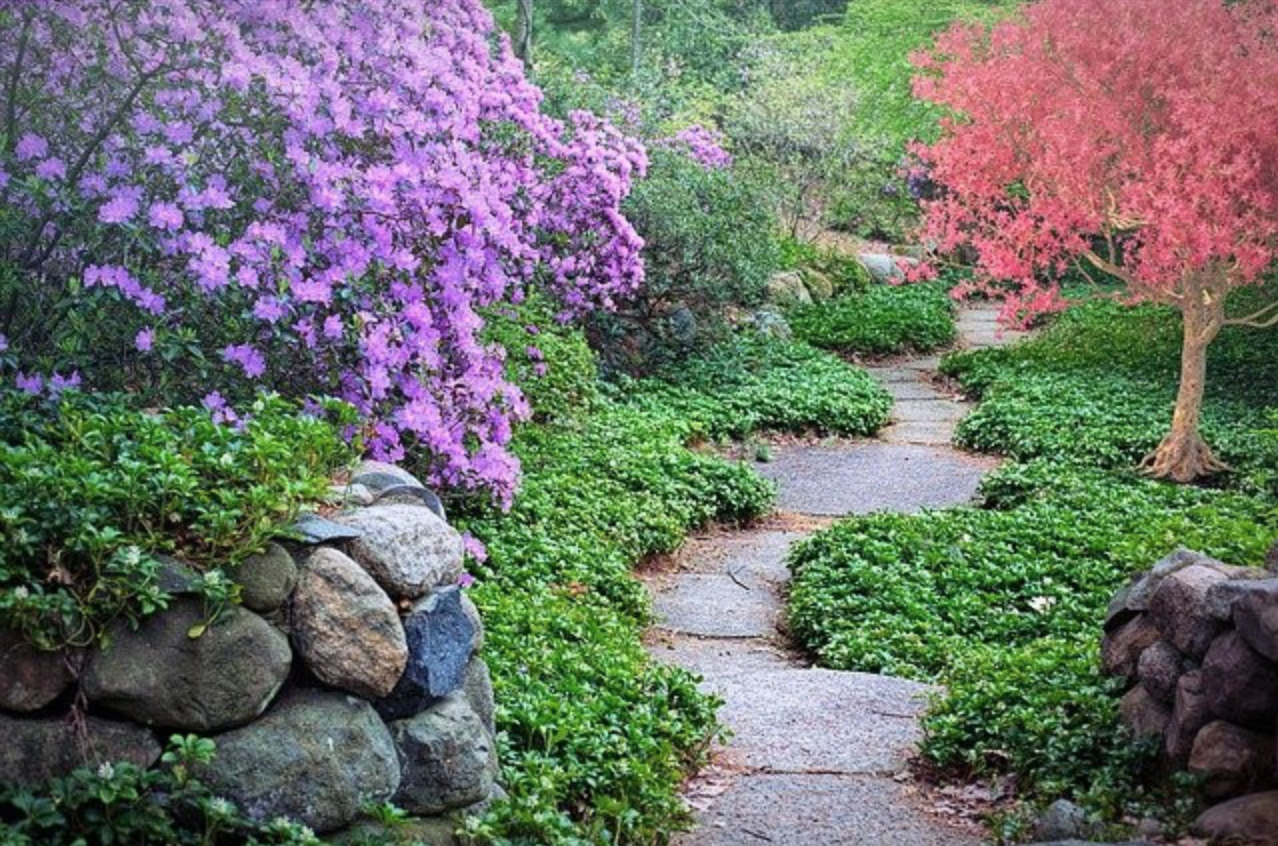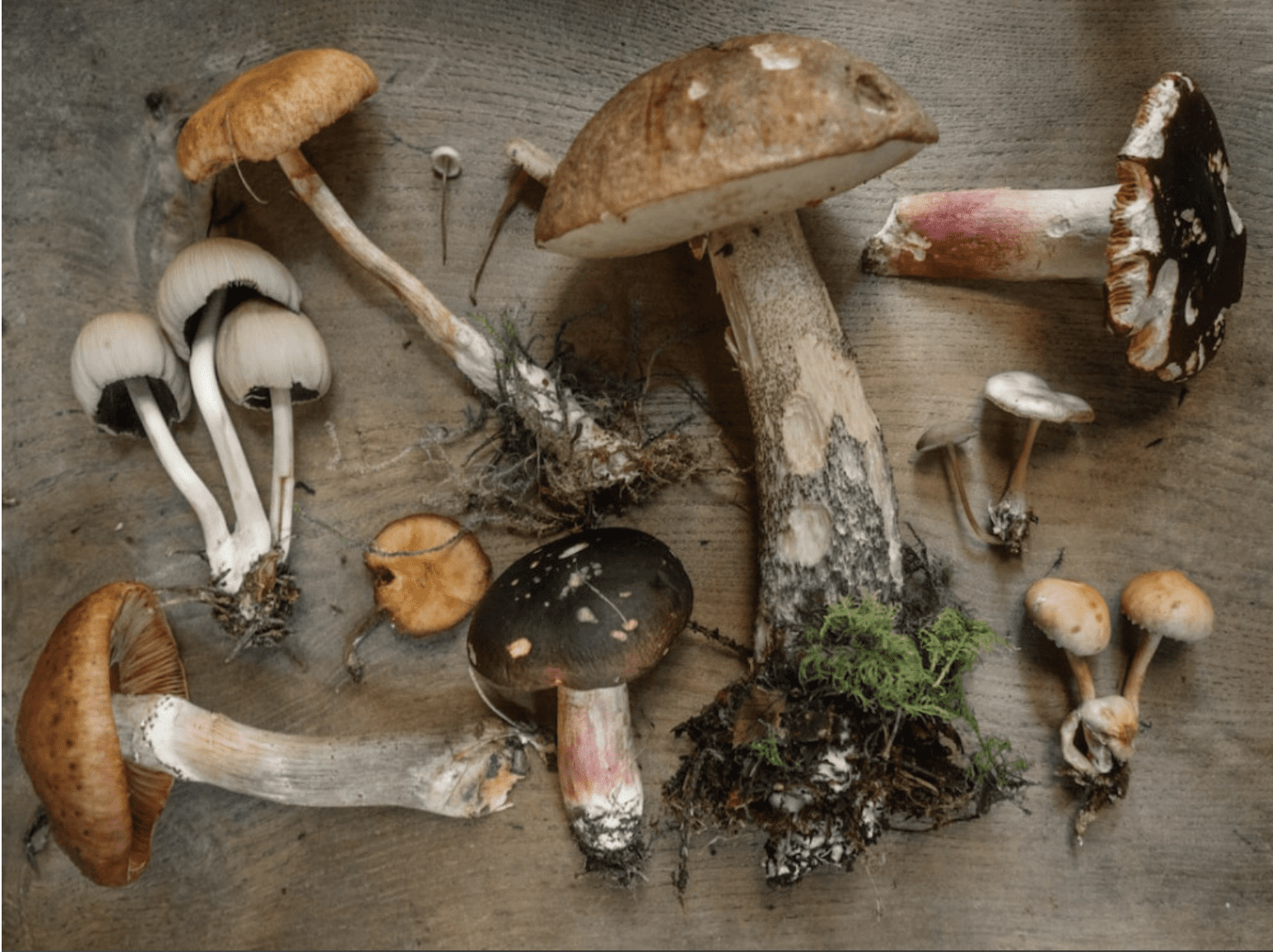If you have a backyard like me, you probably have seen mushrooms and may have thought of eating them. But are backyard mushrooms poisonous? Mushrooms are a common sight in many backyards, and while most are harmless, others can be toxic and can pose a serious threat to both humans and pets.
As a homeowner, it’s essential to know the difference between poisonous and non-poisonous mushrooms. Ignoring what grows in your yard can put your family and pets in danger.
Identifying Poisonous Mushrooms on Your Lawn
One of the most significant challenges in identifying poisonous mushrooms is that many toxic species closely resemble edible varieties. However, there are several key features to look for when trying to distinguish between the two.
- Color: Poisonous mushrooms often have vibrant colors, such as red, orange, or yellow.
- Shape: Poisonous mushrooms may have a distinctive shape, such as a bulbous base or an umbrella-like cap.
- Smell: Some poisonous mushrooms emit a strong, unpleasant odor.
- Spore Print: This is the residue left behind when spores from the mushroom are left on a piece of paper for a day or two. The spore print of toxic mushrooms may be green, blue, or black.
If you suspect that there may be poisonous mushrooms growing on your lawn, it’s crucial to remove them immediately. The best way to do this is to wear gloves. Then remove the entire mushroom, including the root system, to prevent regrowth.
If you are unsure of the identification of a mushroom, it is best to err on the side of caution and not consume it. If you have ingested a toxic mushroom, seek medical attention immediately.
Common Poisonous Mushrooms in Lawns
Poisonous mushrooms can grow on lawns, and some of the most common ones include:
- Death Cap (Amanita phalloides): This highly toxic mushroom is responsible for most fatal mushroom poisonings. A white cap and a ring around the stem characterize it.
- Destroying Angel (Amanita virosa): This toxic mushroom is similar in appearance to the Death Cap and is also highly poisonous. It has a pure white cap and stem and grows in wooded areas.
- Fly Agaric (Amanita muscaria): This mushroom is easily recognizable with its red cap covered in white spots. It contains various toxins, including muscimol, which can induce hallucinations and other symptoms.
Non-Poisonous Mushrooms in Lawns
Not all mushrooms growing on lawns are poisonous. In fact, only 3% of known mushroom varieties are poisonous. Some of the most common non-toxic species include:
- Puffball (Lycoperdaceae): These mushrooms have a distinctive round shape and a soft, spongy texture. They are edible when they are white and young, but they become inedible and tough as they age.
- Meadow Mushroom (Agaricus campestris): This is a common, edible mushroom that has a cap that ranges in color from white to tan and a stem that is typically the same color as the cap.
- Oyster Mushroom (Pleurotus ostreatus): This is an edible mushroom with a fan-shaped cap and a white stem. It grows on dead or dying trees and is a popular ingredient in many dishes.
12 Mushrooms That May Grow In Your Yard
In this video, Adam Haritan from Learn Your Land goes over 12 mushrooms that may grow in your yard. The information relates to western Pennsylvania and other eastern states.
What Causes Mushrooms to Grow on Your Lawn?
Mushrooms are the reproductive structures of fungi that exist on the earth. They sprout as a result of various ecological conditions, including excessive humidity, decaying organic material, and soil abundant in nutrients. Some widespread reasons for mushroom growth in your lawn include:
Over-irrigation: When you excessively water your lawn, the soil can become inundated, creating a suitable environment for fungal growth.
Poor Drainage: If the drainage system of your lawn is inadequate, water can accumulate in low-lying areas, providing a favorable atmosphere for fungal growth.
Decomposing Organic Material: If there is an abundance of decaying organic material in your lawn, such as leaves or mulch, it can create the ideal conditions for fungal growth.
Nourishing Soil: If the soil is rich in nutrients, such as nitrogen, it can offer the perfect environment for fungal growth.
What are the Consequences of Having Mushrooms on Your Lawn?
Having mushrooms on your lawn can have several implications, including:
Reduced Grass Health – Fungal growth can harm the roots of your grass, lowering its overall health and rendering it more susceptible to other ailments and pests.
Unattractive Appearance – Mushrooms growing in your lawn can be unsightly and detract from the aesthetic appeal of your yard.
Possible Health Risks – Some types of mushrooms are toxic, and touching or ingesting them can be hazardous to humans and pets.
How to Get Rid of Mushrooms on Your Lawn
Although some people like the wild look of a yard with mushrooms and weeds, most prefer a clean lawn. If you are part of this majority, here are some of the most effective methods for getting rid of mushrooms:
- Raking and Removing – If the mushrooms are growing in a small area, simply raking and removing the mushrooms will often solve the problem.
- Improving Drainage – If poor drainage is the cause of mushroom growth, improving the drainage system in your lawn will help solve the problem.
- Apply Fungicides – In some cases, fungicides can be applied to eliminate the mushrooms. However, it is important to choose a fungicide that is safe for use on lawns and to follow the manufacturer’s instructions carefully.
- Adjusting Soil pH – Adjusting the soil pH to a level that is less conducive to mushroom growth can also be effective in eliminating the problem.
- Improving Soil Aeration – Improving soil aeration can also help reduce the growth of mushrooms, as it will allow excess moisture to drain more effectively.
===> You may want to know how to kill poison ivy without killing other plants?
Conclusion
Mushrooms are a common occurrence in many yards, making it important to distinguish between poisonous and non-poisonous varieties. Some toxic species can be hazardous to humans and animals, but there are also many safe mushrooms. To protect your family and pets, remove any suspected poisonous mushrooms from your yard promptly. If unsure of a mushroom’s type, it’s best not to consume it.
Related Posts:




